Material for covering a coldframe
robbiemac
13 years ago
Related Stories
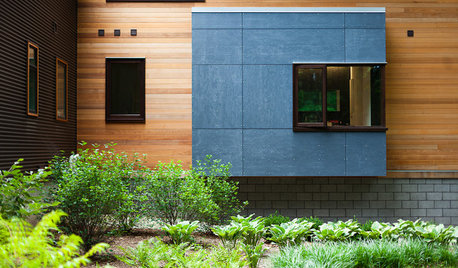
REMODELING GUIDESExterior Materials Mix It Up
Rarely does a single material cover a whole home. Check out these architectural designs that meld exterior finishes beautifully
Full Story
TILETop Tile Trends From the Coverings 2013 Show — the Wood Look
Get the beauty of wood while waving off potential splinters, rotting and long searches, thanks to eye-fooling ceramic and porcelain tiles
Full Story
LIVING ROOMS11 Popular Materials for Fireplace Surrounds
Whether industrial steel or classic brick speaks to your style, one of these materials is sure to set your heart aglow
Full Story
RUSTIC STYLEBrick Floors: Could This Durable Material Work for Your House?
You love the old-world look, but will you like the feel of it underfoot? Learn the pros and cons of interior brick flooring
Full Story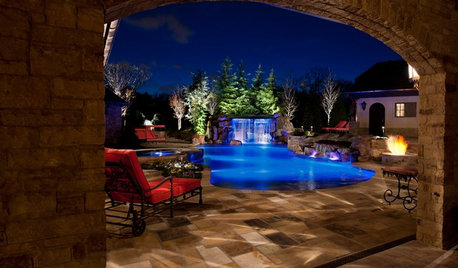
GARDENING AND LANDSCAPINGPool-Friendly Patio Materials
Get a pool patio to match your style at a price that doesn't leave you high and dry
Full Story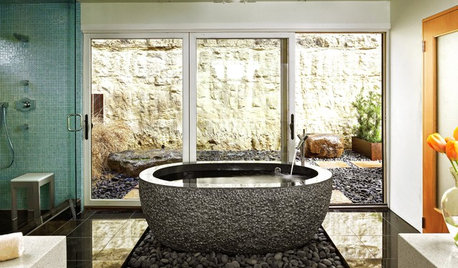
BATHROOM DESIGNYour Bath: Create Calm With Natural Materials
Wood, Pebbles and Stone Give Your Bath a Soothing Look and Feel
Full Story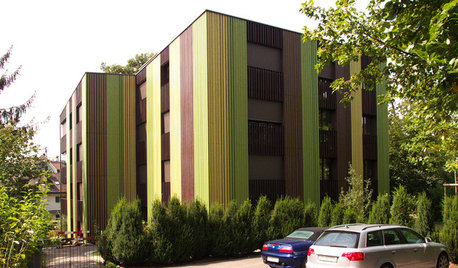
EXTERIORSMaterials Matter on 3 Zurich Apartment Exteriors
Responding to Zurich's climate and love of modern design, these facades make the most of wood, glass and concrete
Full Story
MATERIALSRaw Materials Revealed: Drywall Basics
Learn about the different sizes and types of this construction material for walls, plus which kinds work best for which rooms
Full Story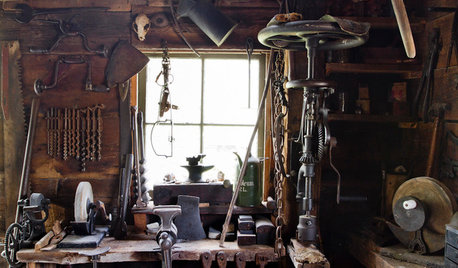
MATERIALSAre You a Maker? Show Us Your Favorite Tool or Material
Houzz Call: A tool or material can be a maker’s best friend. We’d like to see your favorite — and what it helps you achieve
Full Story
MATERIALSThe Most Popular Roofing Material is Affordable and Easy to Install
Asphalt shingles, the most widely used roof material in the U.S. are reliable and efficient, and may be right for you
Full StorySponsored






rwsacto
DrHorticulture_
Related Professionals
Arnold Landscape Architects & Landscape Designers · Richmond Heights Landscape Architects & Landscape Designers · Milford Landscape Contractors · Williamsburg Landscape Contractors · Bristol Landscape Contractors · Huntington Landscape Contractors · Long Beach Landscape Contractors · Mequon Landscape Contractors · New Berlin Landscape Contractors · Round Lake Landscape Contractors · Cape Coral Roofing & Gutters · Charleston Roofing & Gutters · New Orleans Roofing & Gutters · Manassas Swimming Pool Builders · Shady Hills Swimming Pool Builderseaglesgarden
scoutnad
catherine_nm
jolj
billy_b
Ali Eggenburg Alldredge